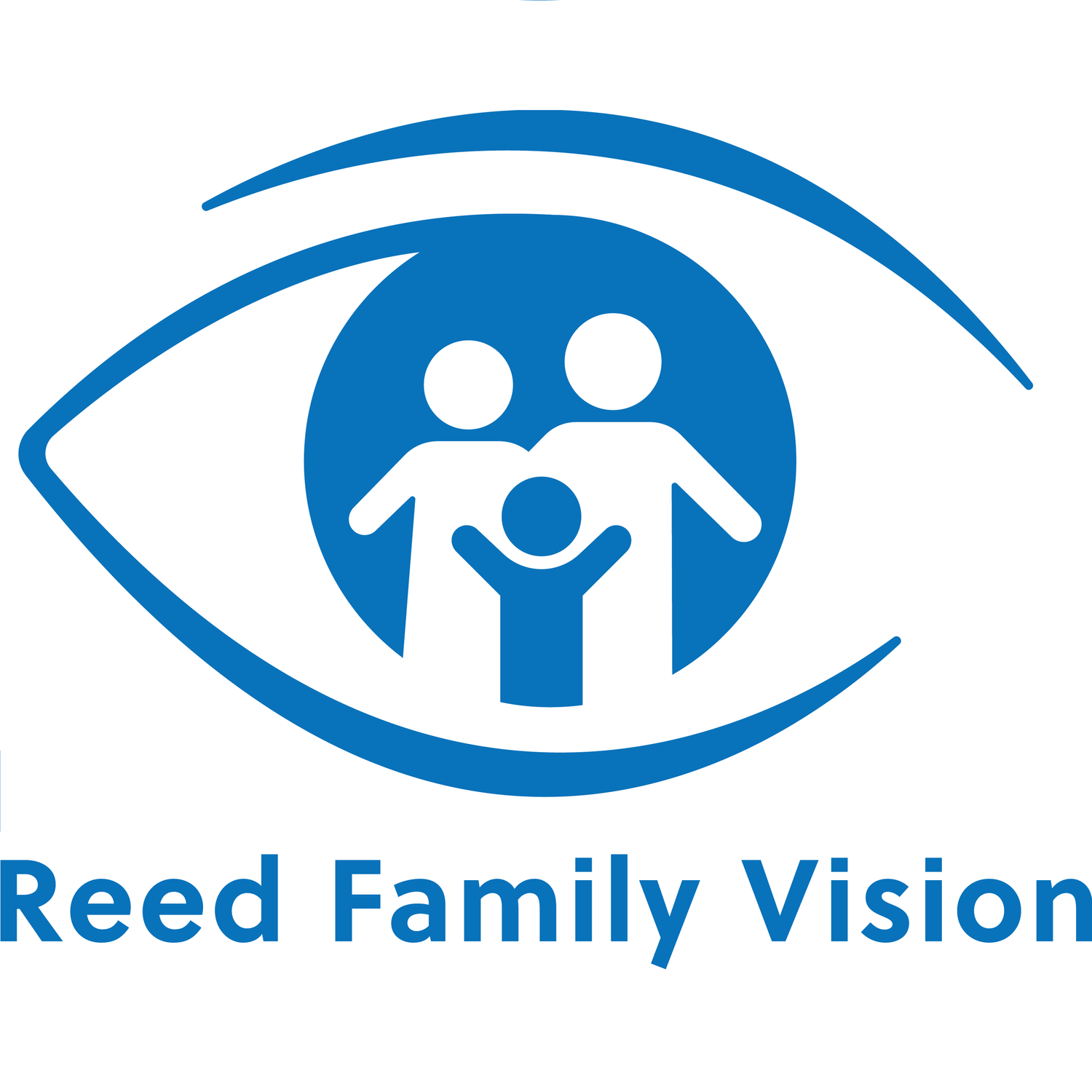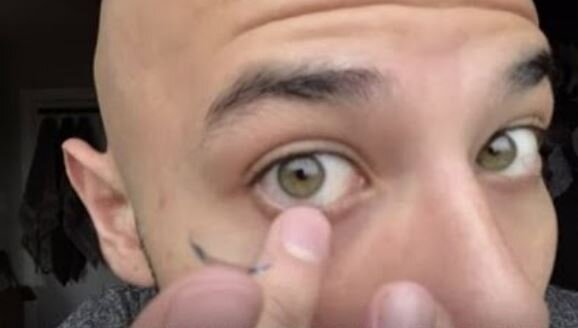It's not only the holiday greens but also the yellows, reds, and oranges of a nutrient-rich diet that contribute to an eye-healthy smorgasbord this Thanksgiving.
Called carotenoids, those colorful pigments in fruits and vegetables—even the vibrant Fall foliage—are powerful antioxidants that protect against cellular damage, and when combined with other essential vitamins and nutrients, provide health benefits vital for aging eyes.
Vitamins C and E, zinc, lutein, zeaxanthin, and omega-3 fatty acids all play important roles in reducing the risks for certain eye diseases. In fact, prevalent National Eye Institute research, called the Age-Related Eye Disease Studies (AREDS and AREDS2), found that increased antioxidant vitamin intake reduced advanced age-related macular degeneration (AMD) risk by about 25%, and reduced vision loss by 19%. So, too, other recent studies showed that higher vitamin C and E intake lowered overall cataract risk and progression.
Thanksgiving meals aren't typically renowned for their healthy fare— these five classic Turkey Day items are the equivalent of an Olympic gymnasts' entire daily caloric intake—but a few conscious menu choices could offer the family healthy options not only beneficial for eye health, but also for overall health, as well. AOA member Daniel Bintz, O.D., says though Thanksgiving is sometimes interpreted as a "free pass to eat it all," anything in moderation is a good rule most dieticians use.
"For ocular nutrition, the rules don't really change—more fruit and veggies, and the rawer, or non-prepared, the better," Dr. Bintz says.
Want to eat eye-healthy this Thanksgiving? Dr. Bintz and Georgia Air National Guard Lt. Col. Jennifer Carver, O.D., who also has a culinary degree, offer their suggestions for holiday eats.
3 menu tips for staying eye healthy this Thanksgiving
1. Mindful menu options. "People don't feel deprived on the holidays if you can make delicious, healthy substitutions," Dr. Carver says. Try giving these traditional choices a healthy overhaul.
Cauliflower
Instead of the carb-laden mashed, white potatoes, try mashed cauliflower instead. Steam a head of cauliflower and mince in the food processor until the proper consistency is reached, Dr. Carver says. Add sautéed leeks. Cauliflower is a very good source of vitamin C and omega-3s, both linked to proper visual development.
Sweet potatoes
Try sweet potato oat bars, packed with healthy fats. Combine 5 baked and skinned sweet potatoes with 4 cups oats, 2 Tbsp. pumpkin pie spice, 2 Tbsp. coconut oil, ½ Tbsp. maple syrup, ¼ cup ground flax seed, ¾ cup coconut milk soured with 1 Tbsp. lemon juice, 1 tsp. salt, ½ dried fruit of choice and ½ cup chopped nuts of choice. Combine and bake in a 400-degree oven for 30 minutes. Sweet potatoes also are very good sources of vitamin C, as are fruits, and nuts are excellent sources of vitamin E. These vitamins can help slow progression of AMD and protect cells in the eyes from free radicals that break down healthy tissue.
2.Think color. Fill your plate with a rainbow of foods with carotenoids, Dr. Carver suggests. "Dark, leafy greens such as kale, spinach and collards have lutein, which is important for good macular function. Carrots and pumpkin are great sources of beta carotene and vitamin C," she says.
3. Change it up. Dr. Bintz suggests instead of cooking "special items" for that one person in the family with a food allergy, diabetes or other dietary restriction, cook enough for the whole family to benefit. In his house, "we will have turkey and salmon," Dr. Bintz says. Salmon is loaded with eye-rich nutrients, including zinc and omega-3 fatty acids. Zinc plays an essential role in bringing vitamin A from the liver to the retina in order to produce melanin, the protective pigment in the eyes.
But proper nutrition is only a part of the healthy eyes menu. It's regular, comprehensive dilated eye examinations that represent the most important portion of the preventive eye health equation. Many common eye diseases have no obvious signs or symptoms, and early diagnosis and intervention can help ward off vision loss.
Credits AOA.org NOVEMBER 22, 2021
Vitamins, nutrients in these holiday foods could benefit eye health.







